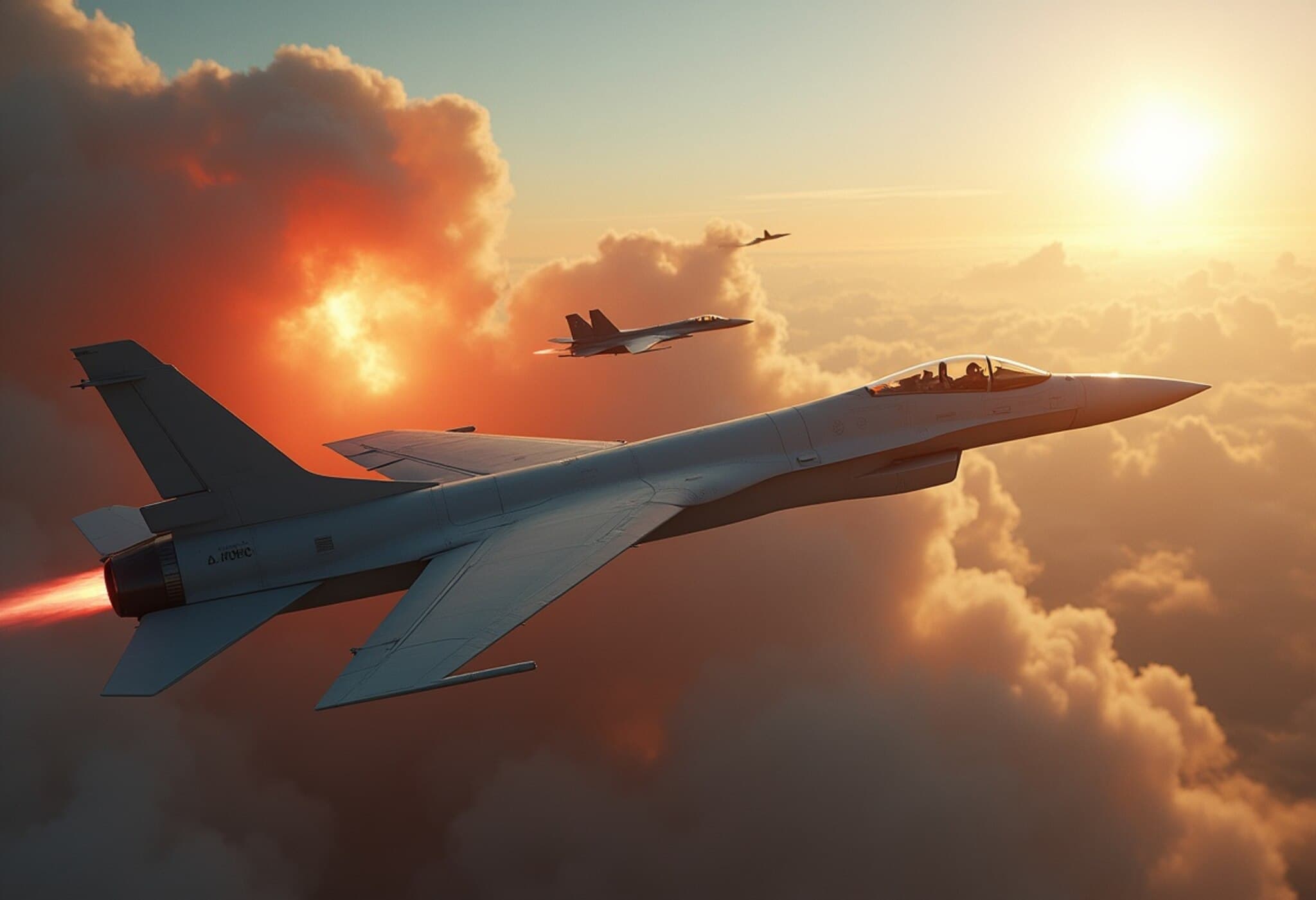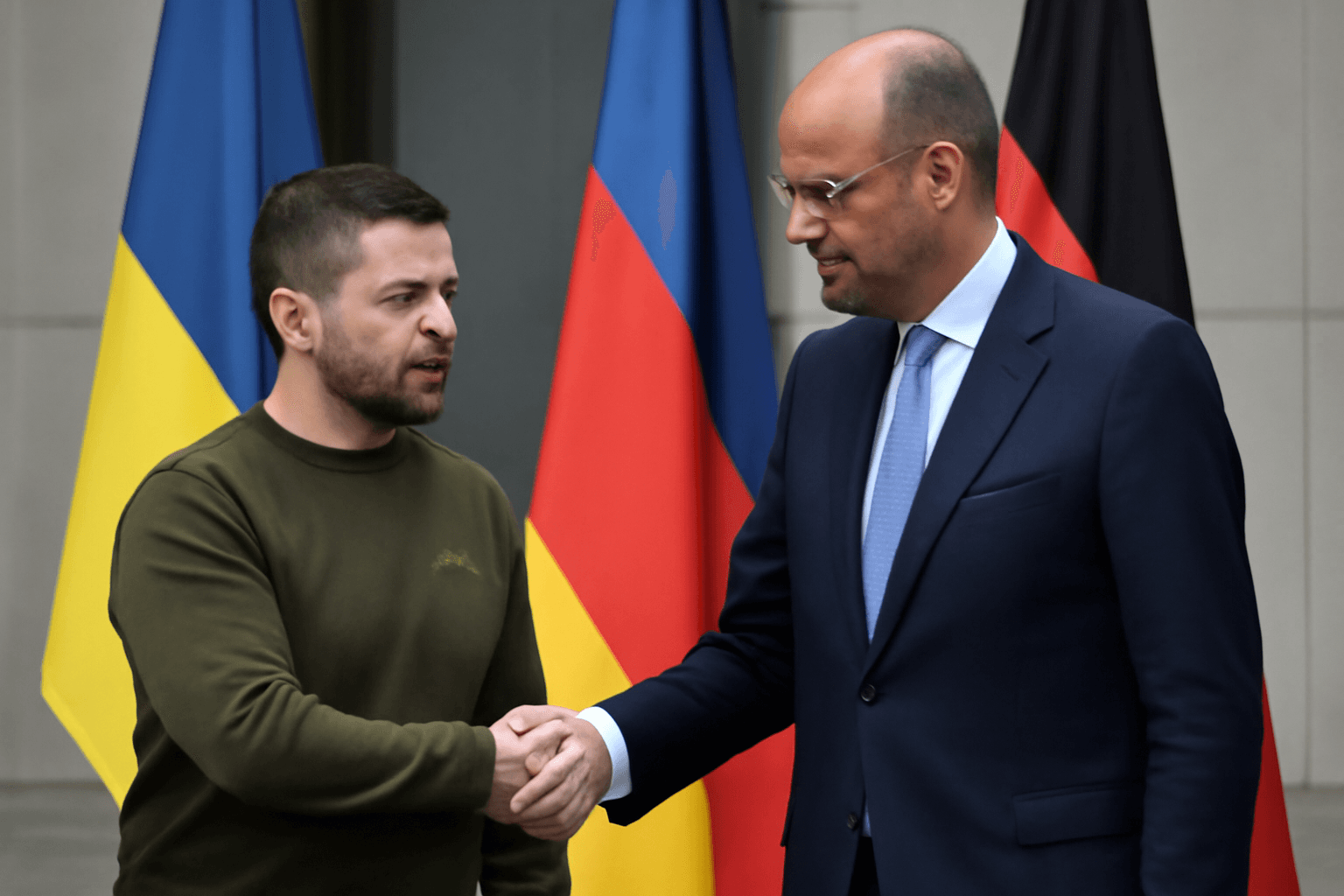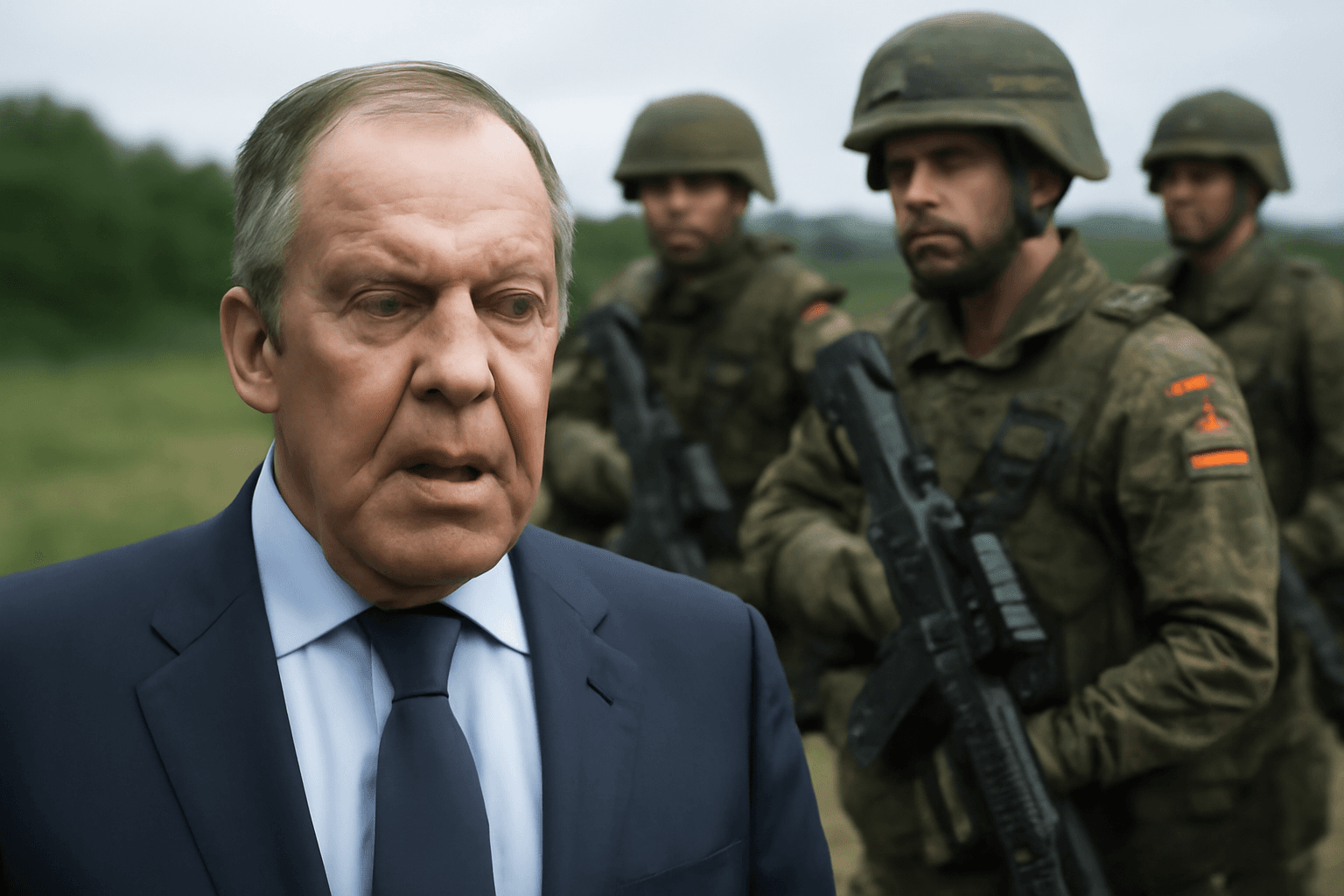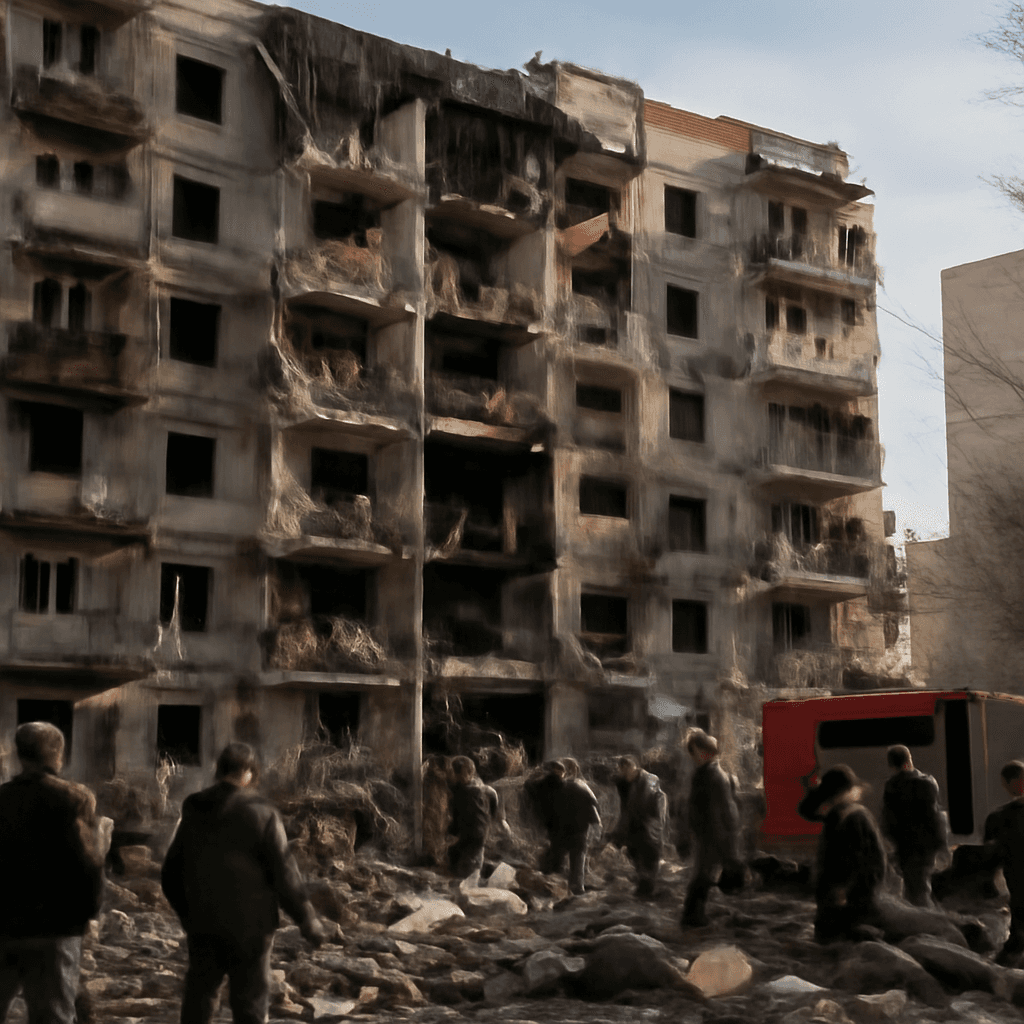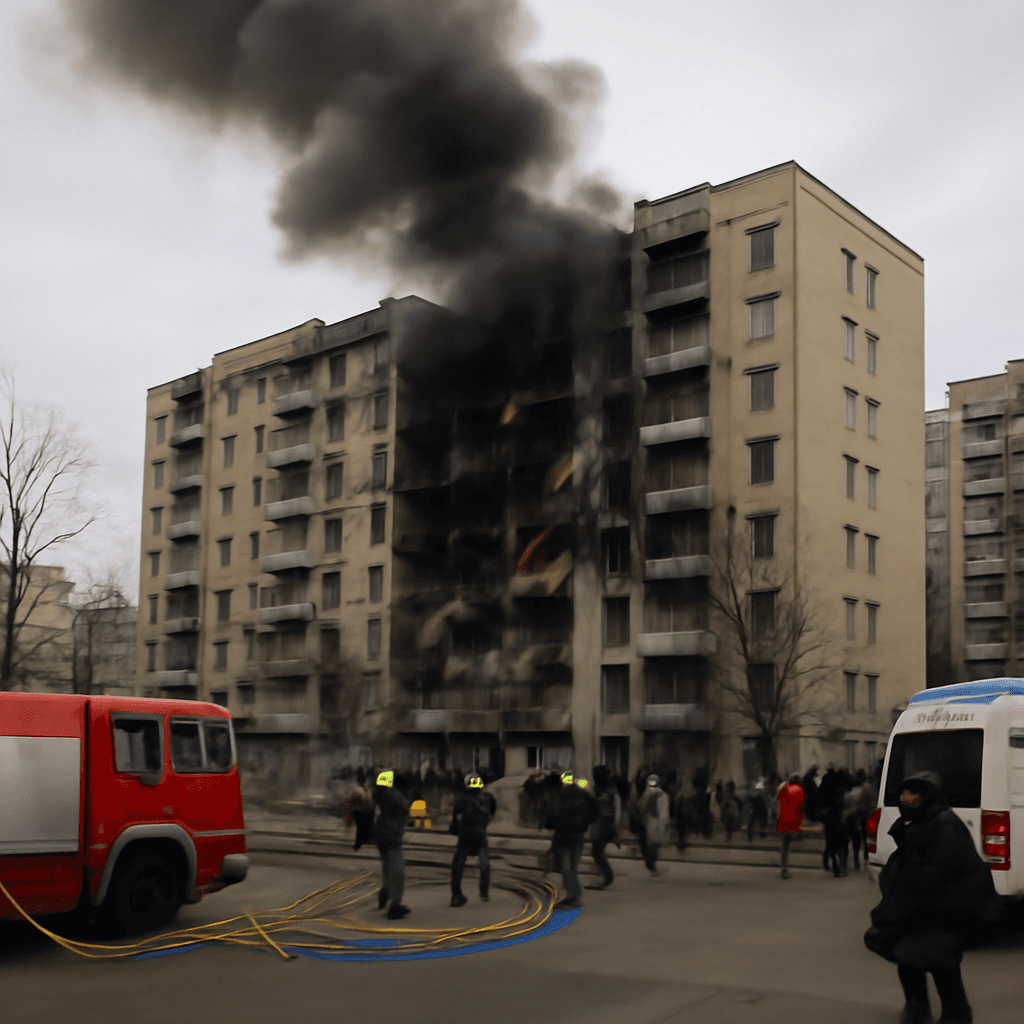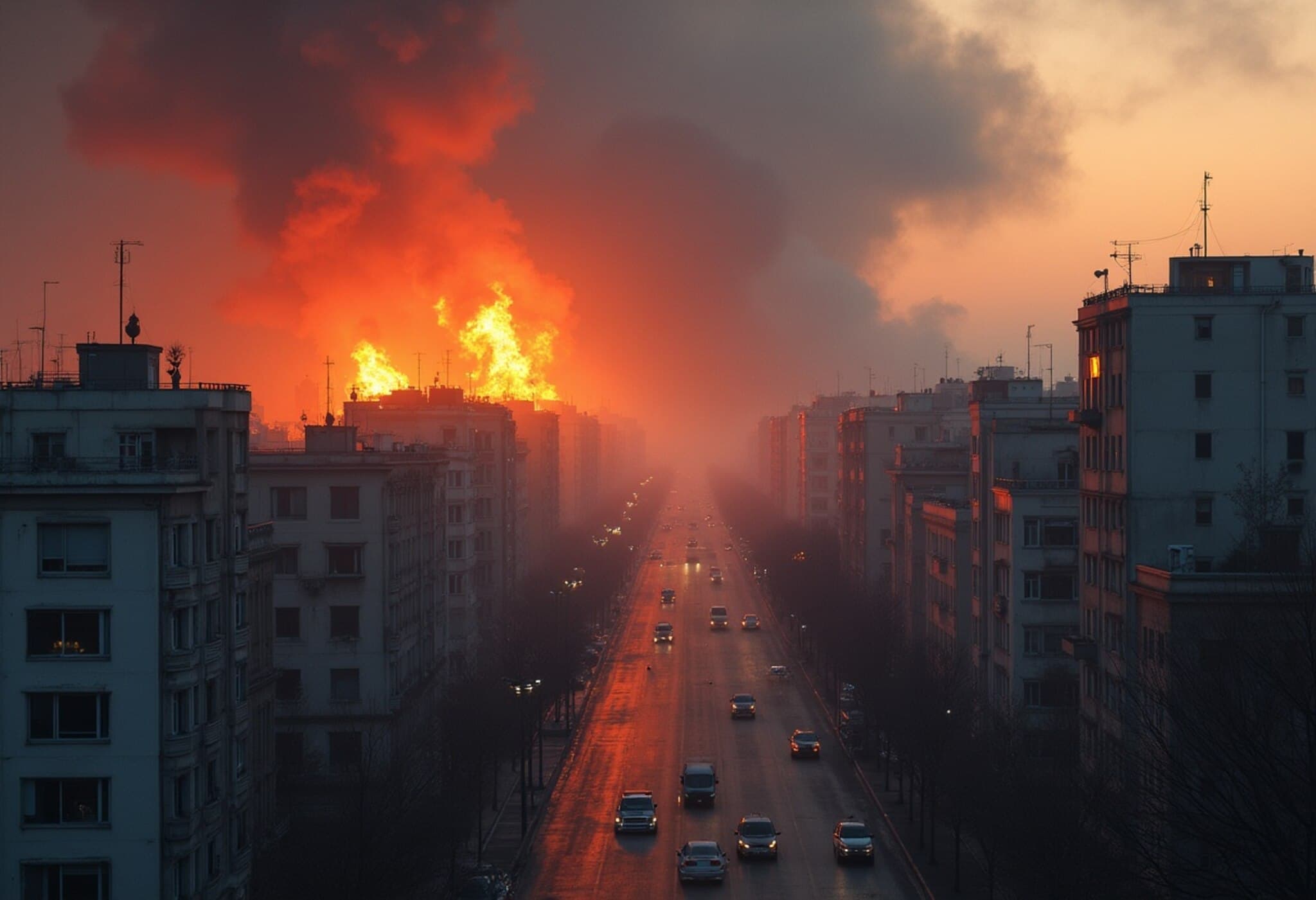Russia Launches Kinzhal Hypersonic Missile in Latest Ukraine Conflict Escalation
In a significant development in the ongoing Russia-Ukraine conflict, Russian armed forces deployed the advanced Kinzhal hypersonic missile to strike Ukrainian military airfield infrastructure. Announced on August 4, 2025, by the Russian Ministry of Defence, the use of this missile marks another escalation in the aerial warfare tactics being employed.
What is the Kinzhal Missile?
The Kh-47M2 Kinzhal is a nuclear-capable, air-launched ballistic missile first unveiled by President Vladimir Putin in 2018. Derived from the Iskander-M short-range ballistic missile, the Kinzhal boasts a range between 1,500 to 2,000 kilometers and can deliver a 480-kilogram nuclear or conventional warhead, making it one of the most advanced weapons in Russia’s arsenal.
Details of the Attack
According to Russia’s Defense Ministry, the missile strike was part of a coordinated group attack involving long-range unmanned aerial vehicles (UAVs) targeting Ukrainian military airfields. While the ministry did not specify the precise targets, it asserted that the operation successfully hit all assigned objectives.
Ukraine Responds: Su-30SM Fighter Jet Destroyed
The Ukrainian Armed Forces reported successfully repelling the Russian assault, utilizing a comprehensive defense system that included aviation, anti-aircraft missile troops, electronic warfare, UAVs, and mobile fire groups. However, Ukraine acknowledged the loss of a valuable Sukhoi Su-30SM fighter jet, with another reportedly damaged.
Beyond the Su-30SM, Ukraine disclosed that three Su-24 aircraft were also hit, alongside an aviation weapons depot. The Su-30SM fighter jets are estimated to cost between $35 million to $50 million each, representing a significant material loss to Ukraine’s air capabilities.
Strategic and Economic Implications
From a strategic standpoint, the destruction of high-value Ukrainian aircraft and military infrastructure has immediate effects on the operational tempo of Ukraine’s air defenses. The use of the Kinzhal missile underscores Russia’s commitment to leveraging cutting-edge military technology to pressure Ukrainian forces.
Economically, the loss of sophisticated fighter jets not only diminishes Ukraine’s immediate warfighting capacity but also poses challenges for defense budgeting and future procurement, especially given the high cost and limited availability of such assets. Conversely, the successful defense against a large-scale UAV and missile assault signifies resilience and tactical proficiency on Ukraine’s part.
Expert Commentary: The Evolution of Air Power in Modern Conflict
Military analysts see the deployment of hypersonic weapons like the Kinzhal as a game-changer in modern warfare, blending speed and maneuverability with precision. Such weapons diminish traditional air defense effectiveness, as hypersonic missiles travel faster than current radar and missile interception systems can reliably counter.
At the same time, Ukraine’s integrated air defense response, combining electronic warfare and mobile units, highlights the importance of a multifaceted approach in countering sophisticated aerial threats. The ongoing clash represents a broader shift towards mixed-domain operations, where drones, missiles, and electronic systems intertwine to shape battlefield outcomes.
Unanswered Questions and the Road Ahead
- What are the longer-term implications for air power balance in the region as both sides lose advanced aircraft?
- How might the increasing use of hypersonic missiles influence global military doctrines, particularly within NATO and US defense strategies?
- Will Ukraine be able to sustain its defense capabilities as Russian technological investments deepen?
Looking Forward
As of August 2025, the Russia-Ukraine conflict remains volatile, with technological advancements in weaponry actively reshaping traditional combat paradigms. The recent missile strike and ensuing aerial engagements highlight the high stakes and escalating intensity on the battlefield.
For policymakers and defense experts, these events reinforce the urgency to monitor hypersonic arms proliferation and to enhance adaptive defense systems that can counter evolving threats. Civilian observers and global stakeholders alike watch closely, understanding that the implications of such confrontations ripple far beyond immediate war zones.
Editor’s Note
The recent use of the Kinzhal hypersonic missile in Ukraine signals a new era of aerial warfare where speed and lethality are magnified dramatically. While Ukraine’s defense forces demonstrate resilience, the costs — both human and material — remain high. This confrontation raises pressing questions about global security, arms control, and the future of conflict in an age of rapid technological innovation. Readers are encouraged to consider the broader geopolitical consequences and the evolving nature of war in their reflections on this ongoing conflict.

